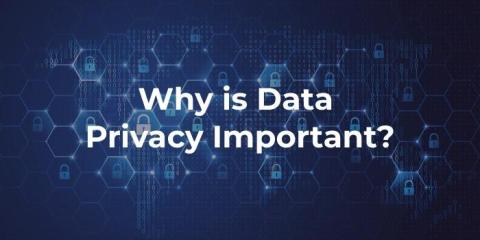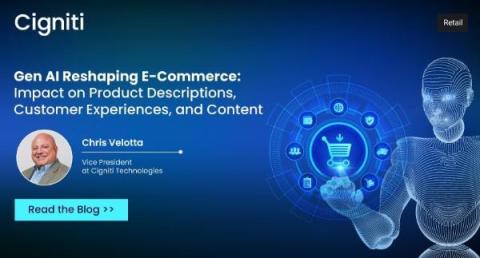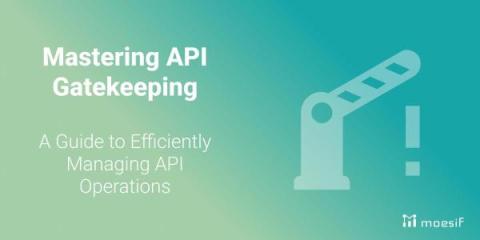Structured vs Unstructured Data: 5 Key Differences
Experts predict the big data market will be worth $474 billion by 2030, proving data is incredibly valuable for businesses of all types. However, a company's ability to gather the right data, interpret it, and act on those insights will determine the success of data projects. The amount of data accessible to companies is increasing, as are the different types of data available. Business data comes in a wide variety of formats, from strictly formed relational databases to social media posts.











